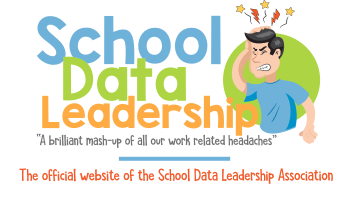Adaptive technologies for students with disabilities
Adaptive technologies for students with disabilities are tools and resources designed to provide educational access and support, enabling these students to participate fully in their learning environments. These technologies can address a wide range of needs, including physical, sensory, cognitive, and learning disabilities. Here’s an overview of some common adaptive technologies categorized by the type of support they provide:
1. Assistive Listening Devices (ALDs)
ALDs help students with hearing impairments by amplifying and clarifying sound.
- FM Systems: Phonak's Roger Pen is a popular choice, known for its ability to transmit a teacher's voice directly to the hearing aid.
- Hearing Loops: Companies like Ampetronic specialize in installing hearing loops that can be customized for classroom settings.
2. Speech-to-Text and Text-to-Speech Software
These tools aid students with auditory processing, visual impairments, or dyslexia.
- Text-to-Speech (TTS): Software such as Natural Reader offers a variety of voices and languages to assist with reading text on screen.
- Speech-to-Text (STT): Dragon NaturallySpeaking provides robust speech recognition solutions that convert spoken words into written text with high accuracy.
3. Screen Readers and Magnification Software
Essential for students who are visually impaired to access digital content.
- Screen Readers: JAWS (Job Access With Speech) is one of the most widely used screen readers offering powerful accessibility solutions.
- Magnification Software: ZoomText magnifies and enhances screen content for users with visual impairments.
4. Augmentative and Alternative Communication (AAC) Devices
These devices support those with communication disorders.
- Speech Generating Devices (SGDs): Proloquo2Go on an iPad offers customizable communication options for non-verbal users.
- Communication Boards: CoughDrop provides flexible AAC communication solutions through web and mobile platforms.
5. Adaptive Keyboards and Input Devices
Designed to assist students with physical disabilities in interacting with computers.
- Adaptive Keyboards: BigKeys keyboards have large, easy-to-read keys for users with limited fine motor control.
- Alternative Input Devices: Ablenet offers a variety of accessible input devices like joysticks and trackballs.
6. Educational Software and Apps
These apps are tailored to support learning across various disabilities.
- Visual Learning Apps: Inspiration is used widely to help students organize their thoughts and learn visually through diagrams and mind maps.
- Literacy Software: Ghotit provides comprehensive support for students with dyslexia and dysgraphia, helping with reading and writing tasks.
7. Mobility Aids
Enhance physical access within educational settings.
- Wheelchairs, Walkers, and Scooters: Permobil offers a range of wheelchairs that can be tailored for the comfort and mobility needs of students.
- Adaptive Furniture: Kaye Products manufactures adjustable furniture that can be used in educational environments to support various physical needs.
By integrating these specific adaptive technologies and ensuring that both educators and students are proficient in their use, schools can greatly enhance educational accessibility and promote inclusivity.
